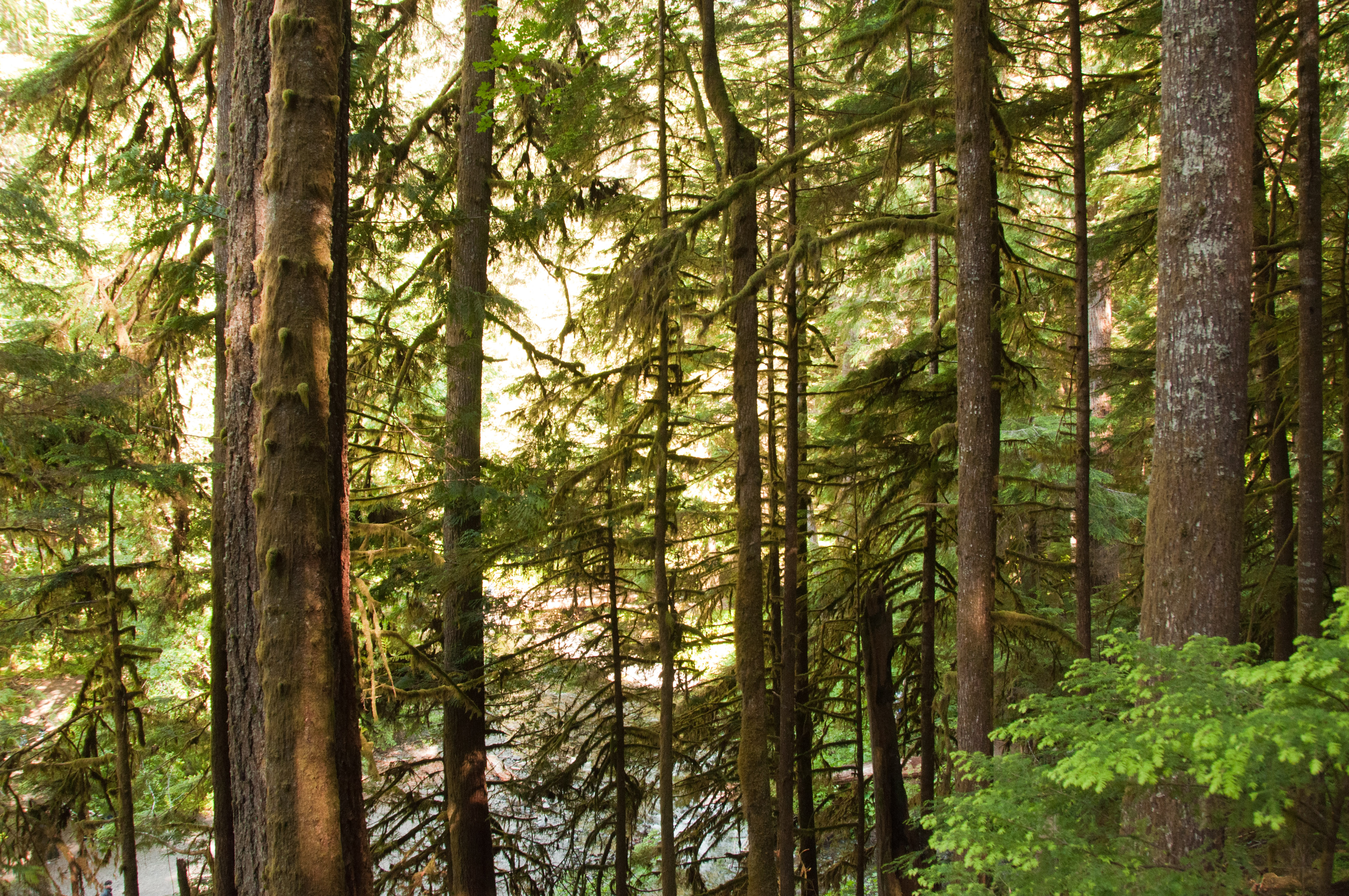Carbon Cache
Author: Ginger Strand | Published on: October 2016
Near a bank of windows overlooking the mighty Klamath River, Yurok tribal leader Susan Masten proudly displays photo after photo of intricate Yurok baskets and ceremonial caps, part of a cache of priceless cultural artifacts the California tribe has recently reclaimed. Assembled over decades by a non-Yurok art collector, the collection had a hefty price tag. But thanks to income from the innovative forest carbon offset program that The Nature Conservancy helped develop in California, the Yuroks were able to bring these treasures home in 2014.
“It’s as if you could hear them saying, ‘Take me home, take me home,’” says Masten, the tribe’s vice chair from 2011 to 2015. “We would never have been able to do it without those funds.”
California’s largest tribe is at the vanguard of a forward thinking program—designed to combat climate change—that is also helping them reclaim their past. The Yurok are making money by preserving large swaths of northern California’s forest, and reinvesting that income to conserve salmon habitat, reassemble their ancestral lands and preserve their culture.
Early European travelers to Northern California were surprised to note that instead of using terms like north and south, Yurok people described things as being downstream or upstream. It’s still true for today’s Yuroks: Where you are on the Klamath is where you are in the world. The river is highway and provider, yielding up the salmon and eels that anchor the Yurok diet. Along its banks grow the soaring, ancient redwoods that watch over tribal ceremonies and the grasses and ferns used in the famed Yurok basketry. The slopes around it support tanoak trees that provide acorns, another food staple. Even the name “Yurok” means “downstream.”
The Yuroks once inhabited more than 50 villages along the coast and the Klamath, but the California gold rush brought deadly diseases, conflicts and displacement to many tribal communities. In 1855, the tribe’s remaining members were confined to a reservation that hugs the Klamath for 44 miles upriver from its mouth. After the General Allotment Act of 1887, which aimed to promote landownership and farming among Indians, the federal government deemed much of the reservation unsuitable for farming and sold it off for logging. By the late 20th century, timber companies owned at least half of the land on the reservation.
“At one point, we only had 3,000 acres in ownership on our 58,000-acre reservation,” Masten says. “Reacquiring our lands is imperative to us, and it’s mandated by our constitution.”
That was no easy task. The tribe’s main economic asset was the Klamath salmon fishery. The 20th-century dams constructed upstream for irrigation and hydroelectricity not only blocked the passage of spawning salmon but also reduced river flows and raised water temperatures in ways that were unhealthy for fish. The fishery went into free fall, leaving the tribe with few economic resources besides timber harvesting.
In 2006, California passed the Global Warming Solutions Act, a bill designed to ratchet down carbon emissions through a multifaceted approach that includes a market-based cap-and-trade system. And though the soaring redwoods and majestic Klamath might seem to have little connection with the world of industrial smokestacks, the Yuroks saw an opportunity in one of the carbon bill’s provisions: the sale of forest carbon offsets. Not only could they manage the land to restore the watershed and help bring back the salmon, they could also make money doing so. And they could use that money to reassemble more of their ancestral territory.

